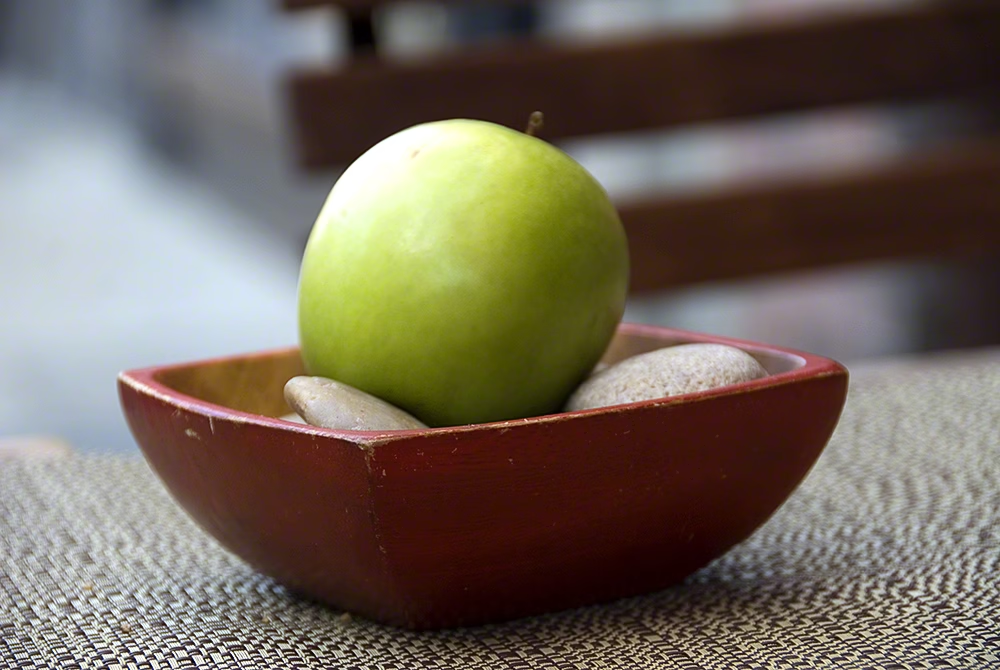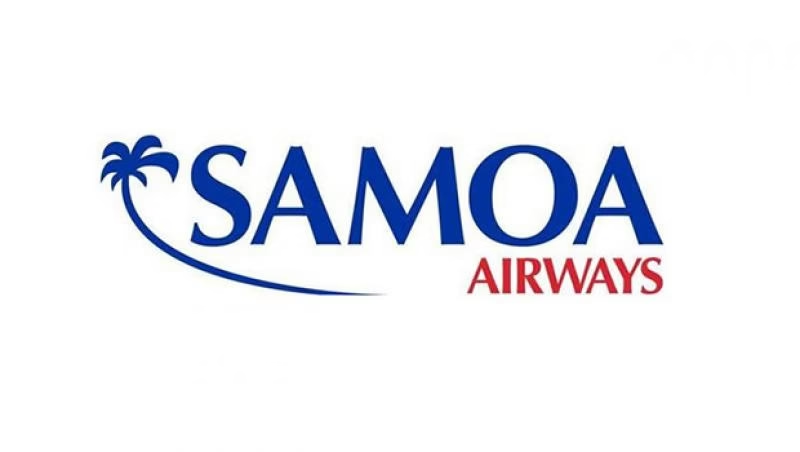Avoiding the pain of waterborne diseases while traveling to the world can be inconvenient at times, but it is absolutely necessary.
Have you ever become ill of waterborne diseases while traveling? You are not alone. Nothing ruins a great journey like getting sick, especially if you double in abdominal pain, while suffering from diarrhea or heavy vomiting simultaneously.
Unfortunately, there are many areas with insufficient water treatment, hygiene and general hygiene worldwide. In those places, diseases that cause disease in tap water can be viruses, parasites and chemical contaminants and will be unsafe to drink, food and beverages preparing, ice, cooking and even teeth to brush and bathe.
According to CDC (Disease Control and Prevention Center), people who are most susceptible to contaminated water are babies, young children, pregnant women, old people, and immunocomized people, such as HIV, with HIV, on chemotherapy, or whatever immunosuppressant drugs are taken.
The most common is included in waterborne diseases: E. Viruses such as protozoa, hepatitis A and rotavirus including coli, cholera, salmonella, geardia and cryptosporidium.
E. in the most common causes of waterborne disease. There are bacteria such as coli, cholera and salmonella. Passengers are made ill by viruses such as geordia and cryptosporidium, hepatitis A and rotavirus by waterborne protozoa. For some travelers, even if the pathogens in water will not cause normally ill, it will make them sick because various pathogens are used at home compared to their body in water.
If you are careful, then yOU does not have to catch painful, severe waterborne diseases, which sometimes require professional therapy.
As a result of unprotected water, passenger diarrhea, cholera, giardiasis and even hepatitis A. You do not want to catch any of them. These diseases can be painful and keep you sticking to the toilet. If you get them you have received to stay hydrated. Sometimes they are quite severe or long for a long time that you need early treatment from physicians.
There are six main conditions here which get sick with contaminated water and how to avoid them.
1. Drink a lot of tap water: You do not want to drink tap water while traveling in any suspicious area. Drink bottled water. Generally, bottled water is filtered enough to be safe for you, even if you are susceptible to water-borne diseases. You have to be careful, though. I only buy bottled water if the cap is sealed. For most parts this means that I will avoid avoiding water bottles by local businesses, as they rarely have the ability to recreate water bottles. Do not forget to find ice in your bottled water or any other cold drink, as it is more than the possibility of being tap water, just like you are trying to escape.
2. Bathing in tap water: We all want and need to bathe while traveling and we have no option about water. If you are washing your hair, keep your mouth shut so that you do not swallow any water and if possible, do not get it from your lips. Once your hair becomes rinsed, dry your face. If you are not washing your hair, keep your face completely water and when you finish, wash your face with bottled water. I also shave with bottled water.
3. Brush your teeth with tap water: When you brush your teeth, do it with bottled water.
Most passengers are careful at drinking, bathing and brushing their teeth with tap water. But many forget about avoiding fresh fruits and vegetables, which are washed or washed with tap water.
4. Eat fresh fruits and vegetables or washed with tap water: If you have raised some fruits or vegetables to eat raw, do not wash/rinse them in tap water. As for the old self -proclaimed, fruits and vegetables, “boil it, cook it, peel it or forget it.” This also means that road vendors and even salad should avoid raw meals and quality local restaurants equally, as they are most likely to clean their raw food with local tap water, not from bottled water.
5. Do not drink with tap water rinsed and/or unwritten hotel glasses: In a lot of hotels, the cleaning staff only wipes glasses in the clean room with towels after being rinsed with tap water. Do not use those glasses until you clean them in very hot water. Nevertheless, I escape from them, which I choose the collapse cup that brought from home.
You can also get sick by swimming in contaminated water, only by accidentally swallowing it.
6. Swimming in water water without sea or lake: There is always water in your mouth when swimming. Pools are usually cured because their water is treated heavy, but on the beach, avoid water until you are sure that it is safe for swimming. Nevertheless, I will avoid this because water is quite different from home that you may get sick with “safe” water. If you are hiking or touring in rural areas and cannot get bottled water, there are ways to use local tap water or stream water, but stay safe.
Boiling water can make it safe for use and consumption.
If you are on a footpath, boiling water is one of the reliable ways to secure and drink. Bring water to a rolling abscess for at least one minute. If you are at high altitude, you have to expand the boiling times, as the water boils at a lower temperature than the sea level. Then let the water cool on your own. Do not put ice in water. There may be some sediment in the water, so let the water still sit so that it can fall under its container. Then pour water on top.
I use a UV water purifier as my Go-Two method for sterilization of water.
A favorite method for me is to use UV water purifier, UV water purifier. This is a fairly fast method and UV purifier kills 99.99 percent of bacteria, viruses and protozoa. This does not affect chemical contamination, however. When I need to make my water safe, I personally use Steripane Ultra UV Water Purifier. It can purify 15 fl.oz. Water in less than a minute. Like many individual devices these days, it has been recharged with a USB cable.
You can use iodine or sodium diclorisocenuret tablet to purify the water, but UV purifiers kill more pathogens and prepare water faster than tablets.
Another way to cleanse water is using iodine tablets. If you use this method, make sure you buy a prestigious brand tablet. Unfortunately, iodine pills will not kill protozoan cryptosporidium. Iodine pills take about half an hour to finish their jobs, as well as the taste of treated water is not good. You can also use sodium diclorisocycure tablets, but they have similar drawbacks as iodine tablets. Iodine and sodium diclorisocyanurate tablets do not kill all protozoa. Boiling water means that you will need to stay on fire or stop the camping burner and you will need some kind of utensils. So I use my rechargeable steripane.
In addition to a UV purifier, a water filter makes my drinking water safe.
While water is generally safe after the above remedies, I also use a water filter. It also filters some bacteria and protozoa along with any silt and dirt from water. My favorite compact katadyn befree is 1.0L ultralight collapsible water filter bottle. I travel to light when I increase, if possible. This bottle allows him. Drinking water safety is an important idea in many regions of the world. Especially when traveling in the water-respective areas of the world identified by the World Health Organization, you need to take the precautions listed above. Although this can be somewhat discomfort to some extent, never take water protection lightly. ,Picture: Outdoor Table Copyright of Restaurant © 2019 NSL Photography. All rights reserved.,
Also read:
Why is Travelers United work in DC for all passengers. we need your support.
Use international phone schemes while traveling globally – or suffering from bill shock
After several years, after working as a chemical engineer, executive and finally a multinational manufacturer in the US, Ned established a technical consultation company and later resumed NSL photography, his photography business. Before entering the corporate world, Ned worked as a public health engineer for the Philadelphia Department of Public Health. As a well -known corporate, travel and wildlife photographer, along with writing about Ned Yatra and Photography, photography travels to write about workshops, seminars and photocopes. Visit Ned’s photography blogs and galleries.



